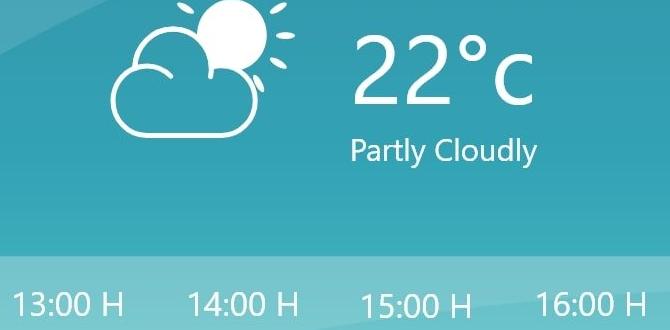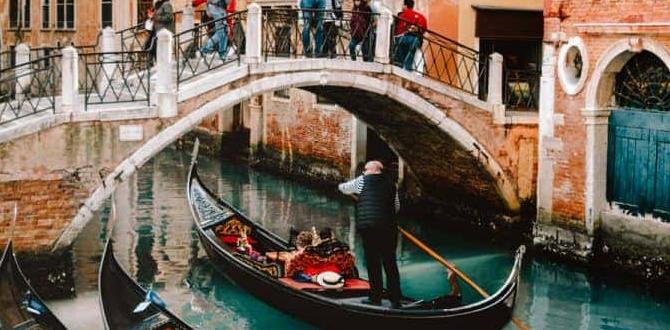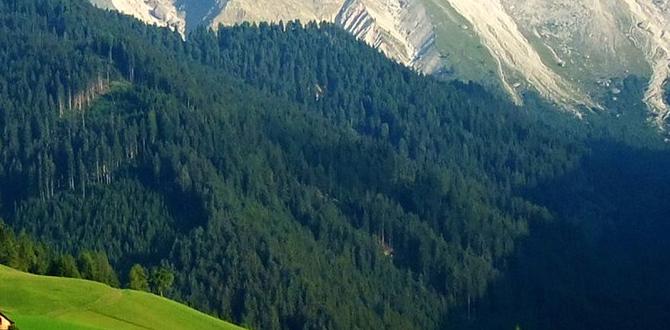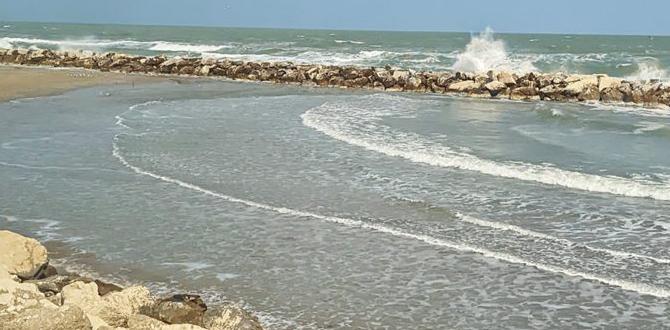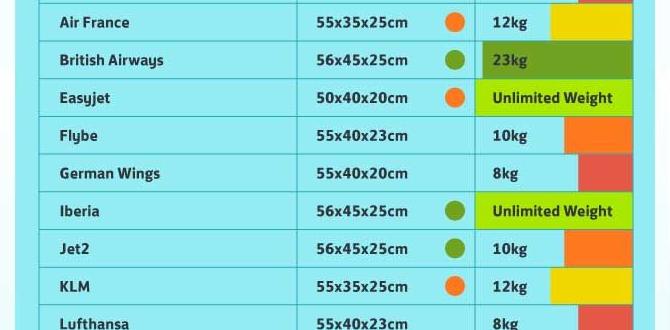Imagine walking through old streets where every corner tells a story. This is what you find in the historic towns in Peru. These towns are not just places on a map; they are windows into the past.
Have you ever wondered what life was like hundreds of years ago? In Peru, many historic towns have preserved their charm and traditions. For example, did you know that Cusco was once the heart of the Inca Empire? Today, it still captivates visitors with its stunning architecture and rich history.
Exploring these towns is like stepping back in time. Each building, each plaza, offers a glimpse of Peruvian culture. From ancient cathedrals to colorful markets, there is much to discover. Want to know which town has the oldest church or where you can taste the best local food? Join us as we uncover the hidden gems of Peru’s historic towns.
Discover The Charming Historic Towns In Peru’S Rich Culture Peru Is Renowned For Its Stunning Landscapes, Rich History, And Vibrant Culture. Among Its Many Attractions, The Historic Towns In Peru Stand Out As Destinations That Offer A Glimpse Into The Country’S Past, Showcasing Colonial Architecture, Indigenous Heritage, And Fascinating Stories. In This Article, We Will Explore Some Of The Most Captivating Historic Towns In Peru That Every Traveler Should Visit. 1. Cusco Once The Capital Of The Inca Empire, Cusco Is A Unesco World Heritage Site Brimming With History. The Town Features A Blend Of Incan And Spanish Colonial Architecture. Don’T Miss The Sacsayhuamán Fortress, The Plaza De Armas, And The Magnificent Santo Domingo Church Crafted From The Remains Of An Incan Temple. 2. Arequipa Known As The White City, Arequipa Is Famous For Its Stunning Volcanic Stone Buildings. The Historic Center, Also A Unesco World Heritage Site, Houses The Beautiful Santa Catalina Monastery, A City Within A City That Showcases The Town’S Colonial Past. Its Unique Cultural Blend Makes Arequipa A Must-Visit. 3. Ollantaytambo Often Regarded As A Living Inca Town, Ollantaytambo Features Ancient Agricultural Terraces And Incan Architecture. The Iconic Ollantaytambo Fortress Provides Breathtaking Views Of The Sacred Valley And Offers Insights Into The Strategic Significance Of The Town During The Inca Reign. 4. Chachapoyas Known As The Warriors Of The Clouds, Chachapoyas Is A Lesser-Known Gem In Peru, Steeped In History. The Town’S Main Attraction Is The Kuelap Ruins, A Massive Fortress Built By The Chachapoya Culture. The Scenic Surroundings And Rich Indigenous History Make It A Captivating Destination. 5. Puno Situated On The Shores Of Lake Titicaca, Puno Is A Vibrant Town Known For Its Rich Folkloric Traditions. The City’S Historic Center Features Beautiful Colonial Buildings, And It Is The Gateway To The Uros Islands, Constructed By The Uros People, Who Have Inhabited The Lake For Centuries. 6. Huancayo Situated In The Andes, Huancayo Is Known For Its Cultural Festivals And Rich History. The Town Boasts Stunning Colonial Architecture, Such As The Impressive Cathedral Of Huancayo. Its Vibrant Markets And Traditional Crafts Reflect The Native Culture And Heritage. Conclusion The Historic Towns In Peru Offer A Unique Opportunity To Connect With The Country’S Rich Cultural Heritage. From The Ancient Inca Sites To The Colonial Influences Seen In Architecture, Each Town Tells A Story That Contributes To Peru’S National Identity. Whether You’Re A History Buff Or A Casual Traveler, Exploring These Towns Promises An Enriching Experience That Enhances Your Understanding Of Peru’S Diverse History.
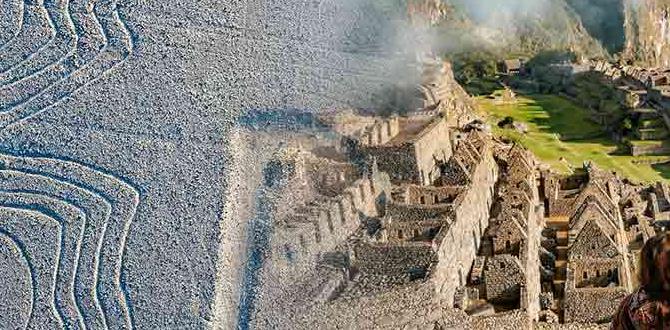
Historic Towns in Peru
Peru is home to many historic towns that tell amazing stories. Cities like Cusco, the heart of the Inca Empire, offer stunning views and rich culture. You can explore ancient ruins and delightful markets. Are you curious about how towns like Arequipa blend colonial beauty with stunning volcanoes? Or how Trujillo showcases its vibrant festivals? Each town has unique tales and traditions. Visiting these places is like stepping back in time, filled with surprises around every corner!2. Arequipa: The White City
Description of Arequipa’s unique architecture and colonial history. Key landmarks, such as the Santa Catalina Monastery and the Plaza de Armas.Arequipa, known as the White City, boasts stunning architecture made from volcanic stone. This gives the buildings a unique appearance, almost like they’re glowing! The city’s colonial history is rich, filled with stories from the past. Key landmarks include the beautiful Santa Catalina Monastery, a place that feels like a city within a city. Don’t forget the Plaza de Armas, where you can relax and admire the grand cathedral. Arequipa truly feels like stepping into a postcard!
| Landmark | Description |
|---|---|
| Santa Catalina Monastery | A colorful, maze-like monastery full of gardens and history. |
| Plaza de Armas | The main square, bustling with life and surrounded by stunning buildings. |
3. Trujillo: Capital of the Northern Peru
Historical background and its role during the Spanish conquest. Notable attractions, including the Temple of the Moon and Chan Chan archaeological site.Trujillo is an important city in northern Peru. It played a key role during the Spanish conquest. This city has many historic attractions that tell its rich story. Visitors can explore the Temple of the Moon, which showcases ancient rituals. The nearby Chan Chan archaeological site is also worth visiting. It is the largest adobe city in the world. Both sites show how ancient cultures thrived in this region.
What is unique about Trujillo’s history?
Trujillo’s history includes being a center for cultures like the Moche and Chimu. These civilizations were known for their art, architecture, and trade. The arrival of the Spanish changed everything, but Trujillo kept its unique charm.
4. Ollantaytambo: The Living Inca Town
Exploration of Ollantaytambo’s Incan ruins and traditional way of life. Importance of Ollantaytambo as a gateway to Machu Picchu.Ollantaytambo is not just any old town; it’s like stepping into a time machine! Visit the incredible Incan ruins, which stand tall like ancient giants. As you stroll through cobblestone streets, you’ll find locals living in a way that feels magical. And guess what? This lively town is the key to reaching Machu Picchu! Just imagine; it’s like a VIP pass to a treasure mountain. Don’t forget to pack your sense of adventure (and maybe a snack or two)!
| Feature | Description |
|---|---|
| Incan Ruins | Architectural marvels from the 15th century. |
| Traditional Lifestyle | Vibrant culture with colorful markets and festivals. |
| Gateway to Machu Picchu | Your launchpad to the lost city of the Incas! |
5. Huancayo: The Cultural Hub of the Andes
Insight into Huancayo’s rich cultural heritage and local traditions. Attractions such as the Torre Torre rock formations and local markets.Huancayo is a lively city full of culture. It lies in the beautiful Andes mountains. People here celebrate rich traditions and enjoy festivals. You can visit the Torre Torre rock formations, which look like giant towers. These formations are a sight to see! Local markets buzz with activity. You can try tasty foods and buy handmade crafts. The energy in Huancayo is contagious, making it a great spot to explore.
What are some attractions in Huancayo?
Attractions in Huancayo include the Torre Torre rock formations and vibrant local markets. These sites showcase the unique culture and natural beauty of the region.
6. Puno: The Gateway to Lake Titicaca
Historical context and significance of Puno in Peruvian culture. Key attractions, including the Uros Floating Islands and Taquile Island.Puno stands proudly as a vibrant hub in Peru, known as the gateway to the stunning Lake Titicaca. This town is steeped in history, once a crucial trading post. Visitors love exploring the Uros Floating Islands, where friendly locals welcome you to their unique homes made of reeds. Then there’s Taquile Island, famous for its weaving. Here, hats tell tales, and laughter is shared over delicious local food. No wonder Puno is a must-see!
| Attraction | Description |
|---|---|
| Uros Floating Islands | Unique islands made of reeds, perfect for exploring. |
| Taquile Island | A beautiful island known for its rich culture and tasty food. |
8. Ica: Wines and Ancient Civilizations
Historical connections to ancient Nazca culture and geoglyphs. Notable wineries and regional museums highlighting the area’s past.In ica, history and grapes come together like peanut butter and jelly! This town is rich with ancient Nazca culture. You can spot amazing geoglyphs that look like giant artworks on the ground—yes, the kind that make you feel tiny! Wineries in Ica produce some of the best wines, perfect for your dinner party. Want to learn more about the past? Check out local museums showcasing Ica’s fascinating stories.
| Site | Description |
|---|---|
| Nazca Lines | Gigantic geoglyphs that mysteriously decorate the desert. |
| Museo Regional de Ica | A museum filled with artifacts from ancient civilizations. |
| Bodega Tacama | One of the first wineries, known for its fine wines. |
10. Key Preservation Efforts and Challenges
Discussion of current initiatives to preserve Peru’s historic towns. Challenges faced in maintaining cultural heritage amidst modernization.Many groups work hard to protect Peru’s historic towns. They love the old buildings and stories that these towns hold. Yet, challenges appear as cities change. Here are some key efforts and problems:
- Restoration projects keep old structures safe.
- Local communities join in to educate others about their history.
- Funding from the government helps preserve sites.
- Modern construction often threatens old buildings.
- Tourism brings money but can harm local culture.
To keep Peru’s history alive, we must balance growth and preservation.
What challenges do historic towns face in modernization?
Historic towns face issues like new buildings being built close to old ones and losing their unique charm. Many want to keep their culture, but change can be hard.
Conclusion
In conclusion, historic towns in Peru are full of adventure and culture. You can explore ancient sites like Cusco and Arequipa. Each town has unique stories and beautiful architecture. To learn more, visit travel websites or books about Peru. Experience the rich history by planning your own trip. Discover the magic of these towns today!FAQs
Sure! Here Are Five Questions Related To Historic Towns In Peru:Sure! Here are some questions about historic towns in Peru: 1. What is a famous historic town in Peru? 2. Why is Cusco important in Peru’s history? 3. How do people get to these towns? 4. What can you see and do in these towns? 5. Why should we visit historic towns in Peru? This helps us learn more about Peru and its interesting places!
Sure! Just let me know what question you’d like me to answer.
What Are The Key Features That Define The Historic Towns Of Peru, And How Do They Reflect The Country’S Colonial And Indigenous Heritage?Historic towns in Peru have colorful buildings and old, beautiful churches. You can see both Spanish-style and local designs. The towns show how the Spanish came and mixed with the native people’s culture. Every part of the town tells a story from the past. These features help us understand Peru’s unique history!
Which Historic Town In Peru Is Known For Its Well-Preserved Architecture And Was Declared A Unesco World Heritage Site In 1983?The historic town in Peru is called Arequipa. It is famous for its beautiful buildings made from white stone. In 1983, UNESCO named Arequipa a World Heritage site because of its charm and history. You can see many stunning churches and buildings there. It’s a great place to explore!
How Did The Inca Civilization Influence The Development Of The Historic Towns Found In The Sacred Valley Of Peru?The Inca civilization built many important places in the Sacred Valley of Peru long ago. They created roads and paths that made travel easier. Their cities had nice buildings and farms that helped people live better. Today, we can still see their influence in the towns and how people live there. This history makes the Sacred Valley special for everyone.
What Role Did Trade Routes Play In The Establishment And Growth Of Historic Towns In Peru During The Colonial Period?Trade routes were very important for towns in Peru during the colonial period. They helped people buy and sell goods easily. This made towns busier and brought more people to live there. As trade grew, towns became larger and more developed. So, trade routes helped towns in Peru to grow and thrive.
Can You Name Some Of The Most Popular Historic Towns In Peru For Tourists And Describe Their Main Attractions?Sure! Some popular historic towns in Peru are Cusco, Arequipa, and Ollantaytambo. In Cusco, you can see the amazing Inca ruins and beautiful churches. Arequipa is known for its white buildings made of volcanic stone and the stunning Colca Canyon nearby. Ollantaytambo has old Inca terraces and a cool fortress to explore. Each town has its own special history and lots of fun things to see!


